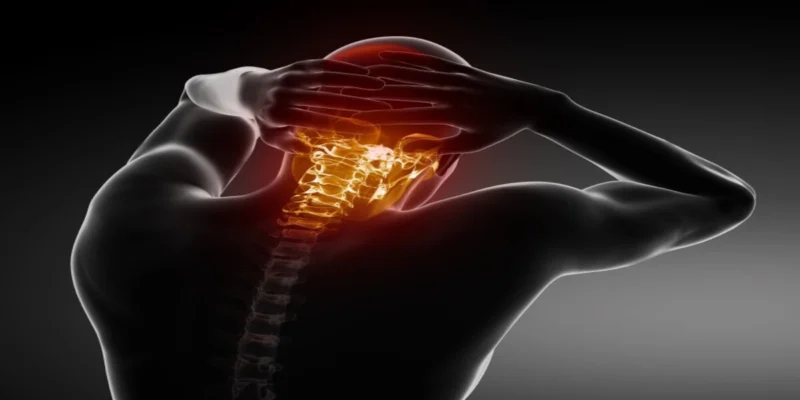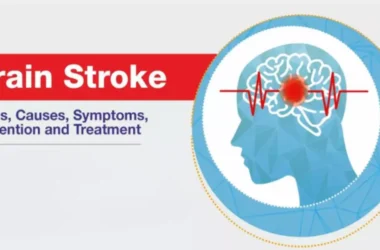[ez-toc]
Introduction
Headaches and neck tension are common complaints that can significantly impact daily life and productivity.
Stress, poor posture, and muscle imbalances are often contributing factors. Fortunately, there are exercises and techniques that can help alleviate headaches and reduce neck tension.
In this article, we will explore relaxation exercises and posture improvement techniques that can provide relief. By incorporating these exercises into your routine, you can promote relaxation, reduce muscle tension, and improve overall posture, leading to a healthier and more comfortable head and neck.
Understanding Headaches and Neck Tension
Headaches and neck tension can have various causes, including stress, muscle strain, poor posture, and underlying health conditions. The pain and discomfort can range from mild to severe, affecting concentration, mood, and overall well-being.
Understanding the triggers and addressing them with appropriate exercises and techniques is key to finding relief.
Benefits of Relaxation Exercises and Posture Improvement
Relaxation exercises and posture improvement techniques offer several benefits for easing headaches and reducing neck tension.
They help release muscle tension, improve blood circulation, promote relaxation, and correct postural imbalances. By incorporating these exercises into your routine, you can experience relief and prevent future occurrences.
Deep Breathing for Relaxation
Deep breathing exercises are effective for promoting relaxation and reducing stress, which can contribute to headaches and neck tension.
Here’s a simple deep breathing exercise you can practice:
- Find a comfortable seated or lying position.
- Close your eyes and place one hand on your abdomen.
- Take a slow, deep breath through your nose, feeling your abdomen rise as you inhale.
- Exhale slowly through your mouth, feeling your abdomen fall.
- Repeat this deep breathing pattern for several minutes, focusing on the sensation of relaxation with each breath.
Neck Stretches for Tension Relief
Stretching exercises can help alleviate muscle tension in the neck and relieve headaches.
Here are a few neck stretches to incorporate into your routine:
Neck Side Bend
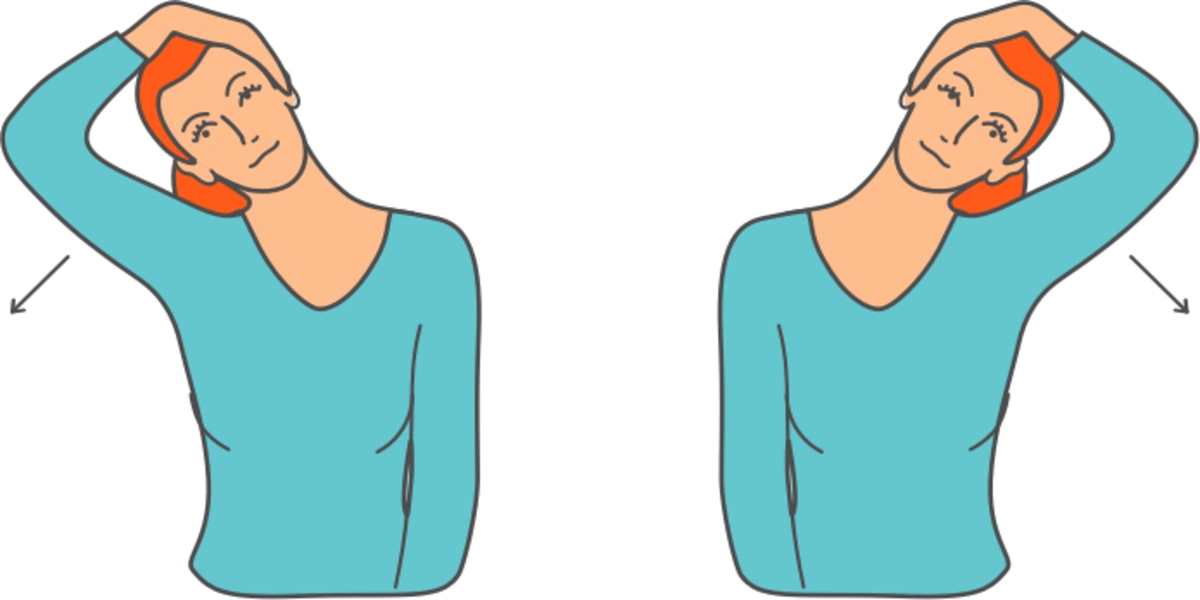
To perform this stretch:
- Sit or stand with your shoulders relaxed and your spine tall.
- Gently tilt your head to one side, bringing your ear closer to your shoulder.
- Hold the stretch for 20-30 seconds.
- Repeat on the other side.
Neck Rotation
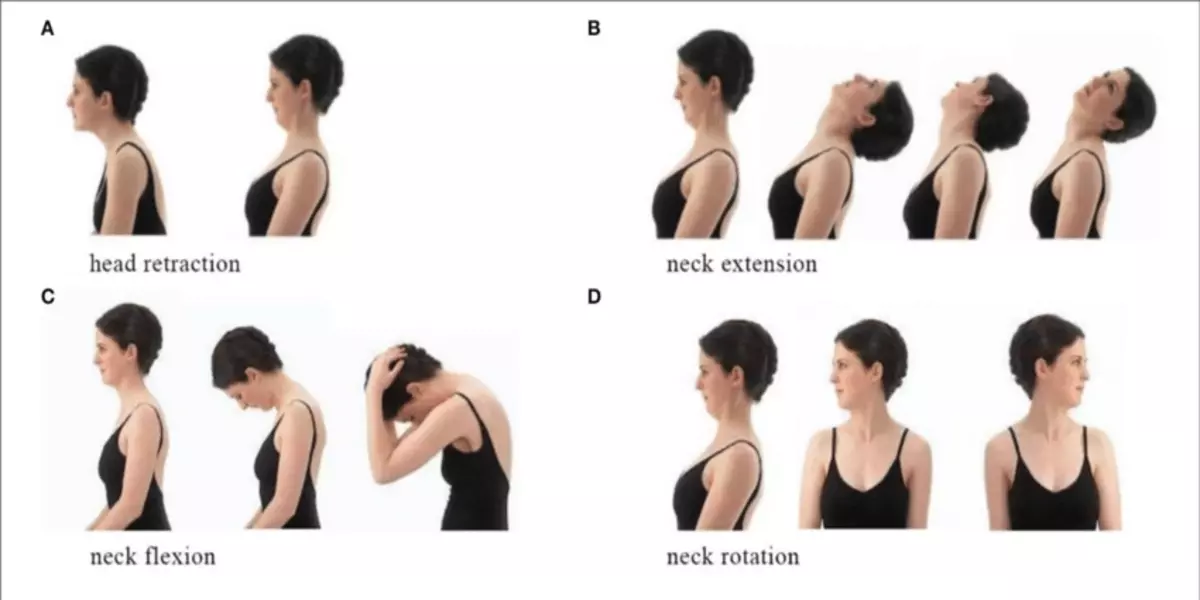
To perform this stretch:
- Sit or stand with your shoulders relaxed and your spine tall.
- Slowly turn your head to one side, as if you’re looking over your shoulder.
- Hold the stretch for 20-30 seconds.
- Repeat on the other side.
Shoulder Rolls for Relaxation
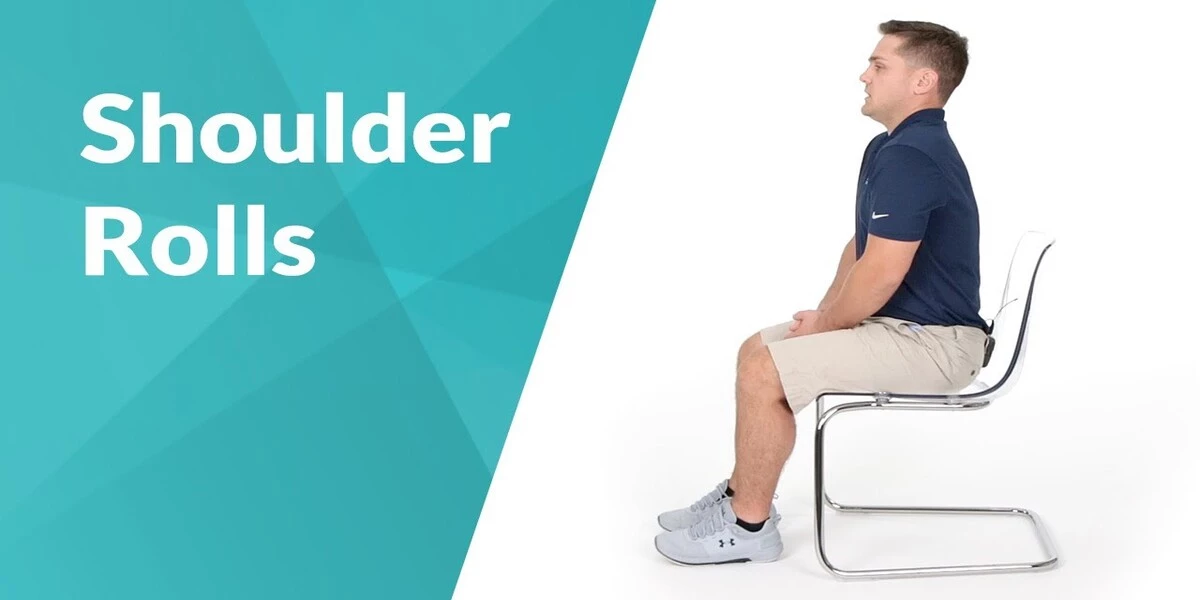
Shoulder rolls can help release tension in the neck and shoulders, providing relief from headaches.
Follow these steps to perform shoulder rolls:
- Sit or stand with your shoulders relaxed.
- Lift your shoulders up towards your ears.
- Roll them back and down in a circular motion.
- Repeat this rolling motion for several rotations, then switch direction.
Posture Improvement Techniques
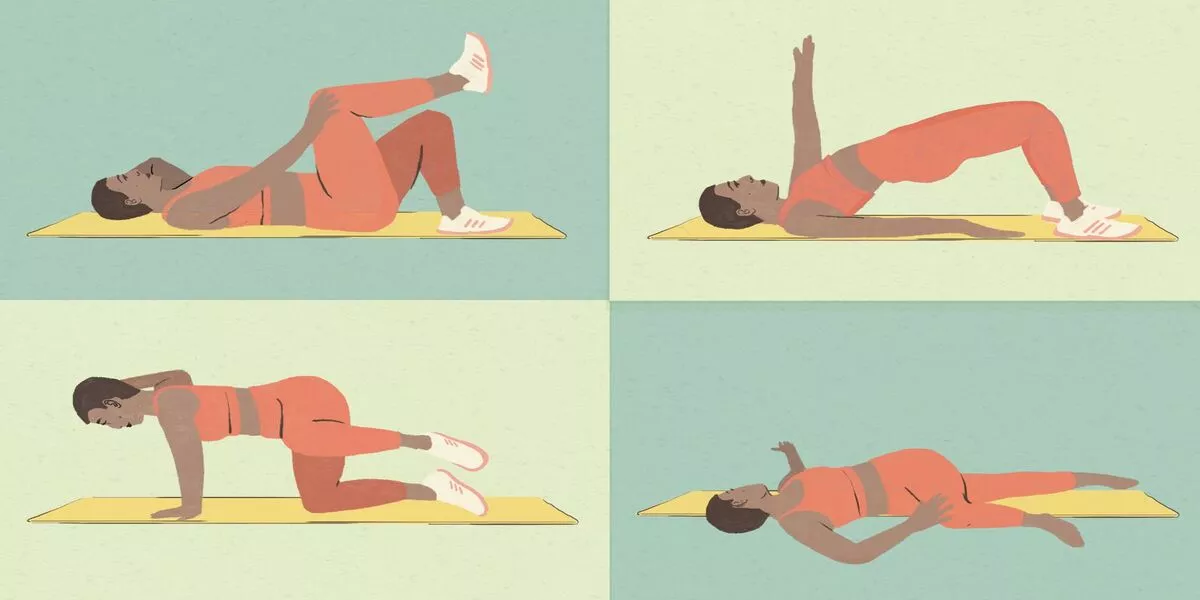
Improving posture can help reduce strain on the neck muscles and alleviate headaches.
Here are some techniques to improve posture:
Also Read: Relieving Digestive Discomfort: Gentle Exercises for Gut Health
- Sit or stand tall with your shoulders relaxed and your chin slightly tucked.
- Keep your spine aligned and avoid slouching.
- Use ergonomic chairs and supportive pillows to maintain proper alignment.
- Take breaks from prolonged sitting or standing, and stretch your neck and shoulders regularly.
Ergonomic Considerations for Head and Neck Health
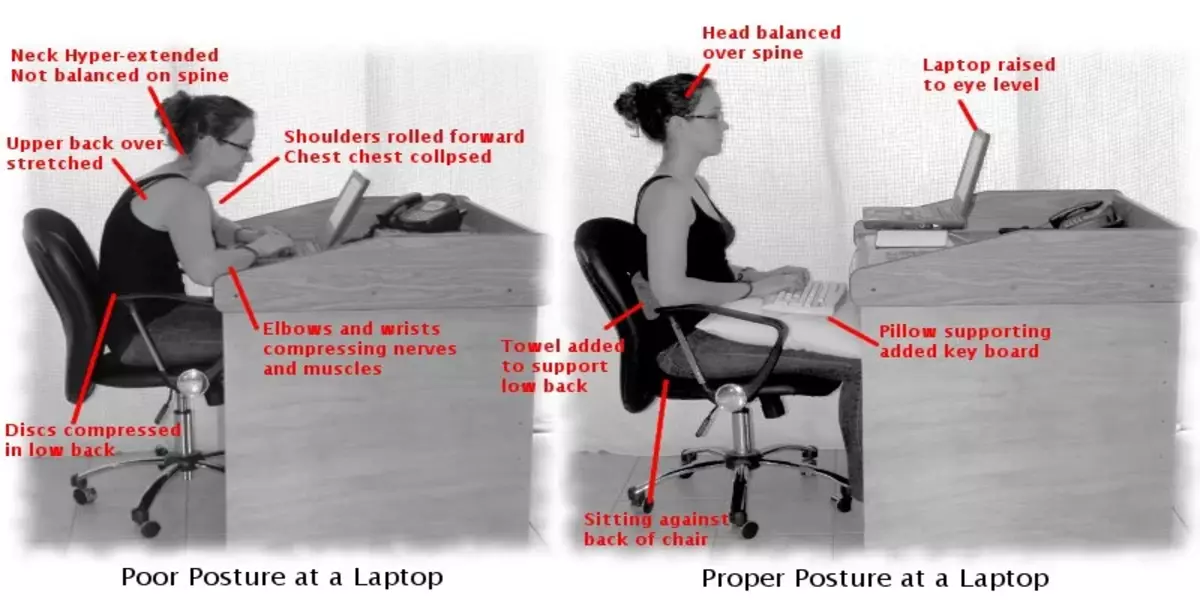
Creating an ergonomic environment is crucial for preventing headaches and reducing neck tension.
Consider the following tips:
- Position your computer monitor at eye level to avoid straining the neck.
- Use a supportive chair with proper lumbar support.
- Ensure your workspace is organized and clutter-free to avoid unnecessary strain.
- Adjust the height of your desk and chair to maintain proper posture.
Stress Reduction Strategies
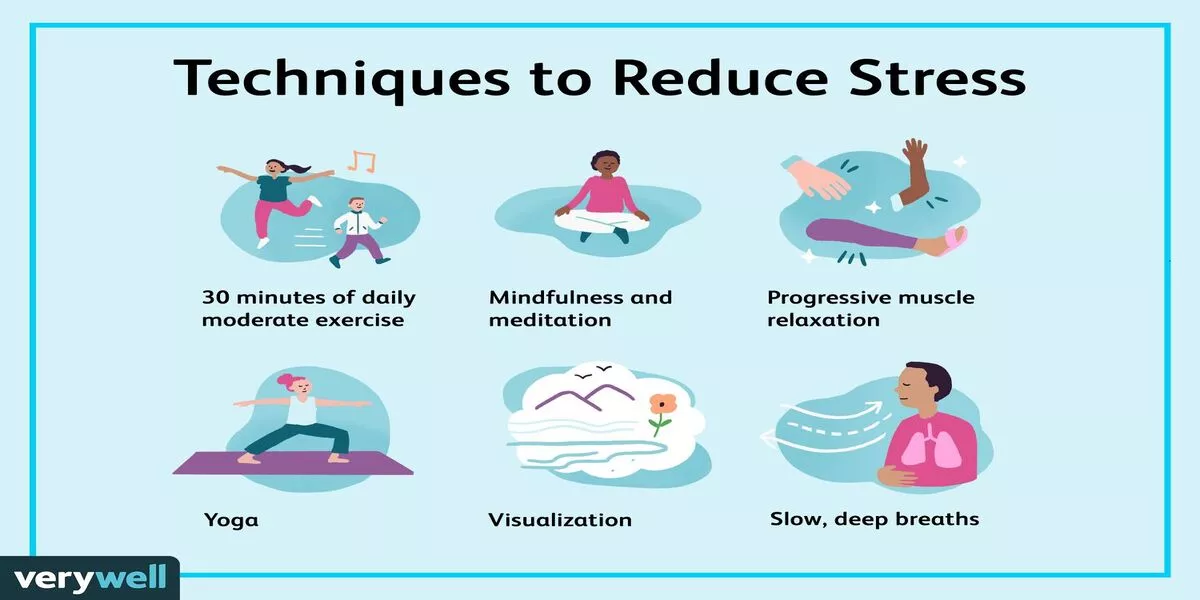
Stress can contribute to headaches and neck tension. Incorporating stress reduction strategies into your routine can be beneficial.
Consider the following techniques:
- Engage in regular exercise or physical activity to reduce stress and promote overall well-being.
- Practice relaxation techniques such as meditation, mindfulness, or yoga.
- Find hobbies or activities that help you unwind and relax.
- Prioritize self-care and establish boundaries to manage stress effectively.
Lifestyle Modifications for Headache and Neck Tension Management
Certain lifestyle modifications can aid in managing headaches and neck tension.
Consider the following:
- Maintain a regular sleep schedule and ensure you get sufficient rest.
- Stay hydrated by drinking an adequate amount of water throughout the day.
- Limit caffeine intake, as excessive consumption can contribute to headaches.
- Avoid excessive screen time and take regular breaks to rest your eyes and neck.
Conclusion
Headaches and neck tension can be disruptive, but by incorporating relaxation exercises, posture improvement techniques, and stress reduction strategies into your routine, you can find relief and improve overall head and neck health.
Remember to be consistent with your exercises, practice good posture, and create an ergonomic environment.
Additionally, adopting healthy lifestyle habits and managing stress effectively can contribute to long-term headache and neck tension management.



